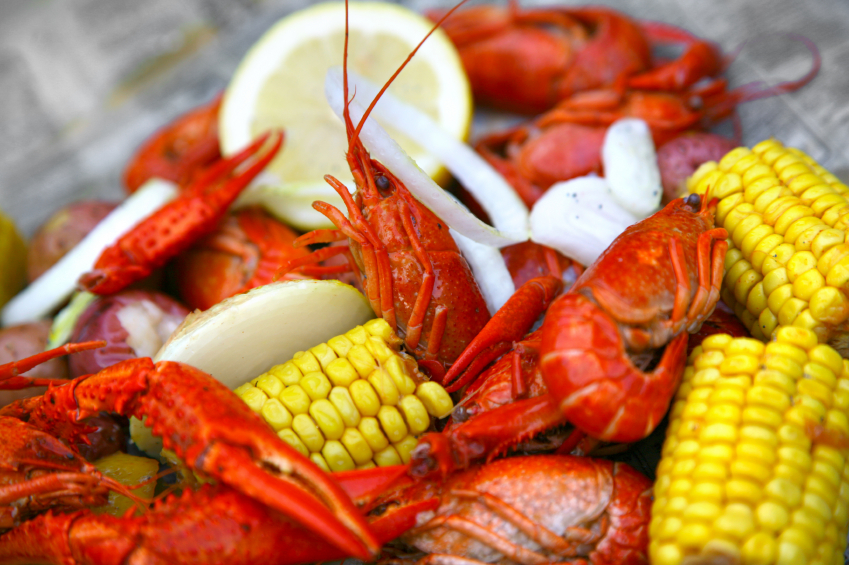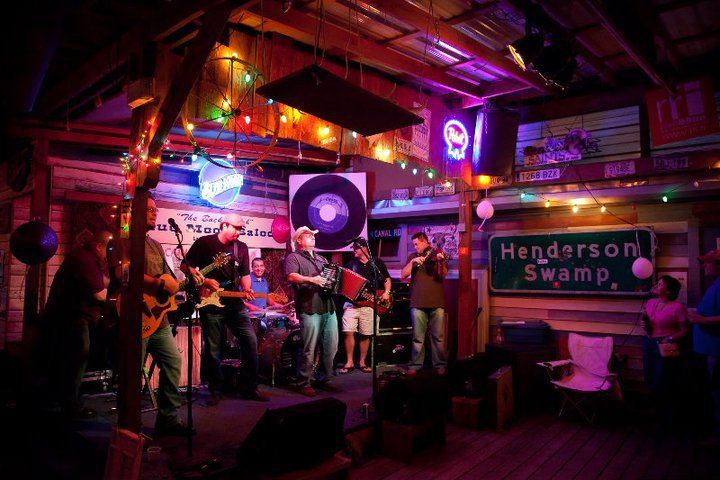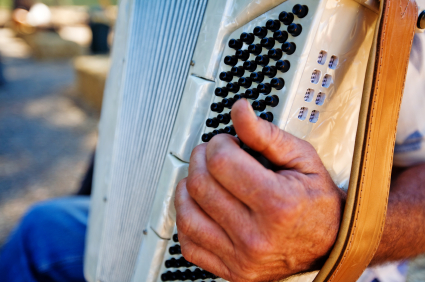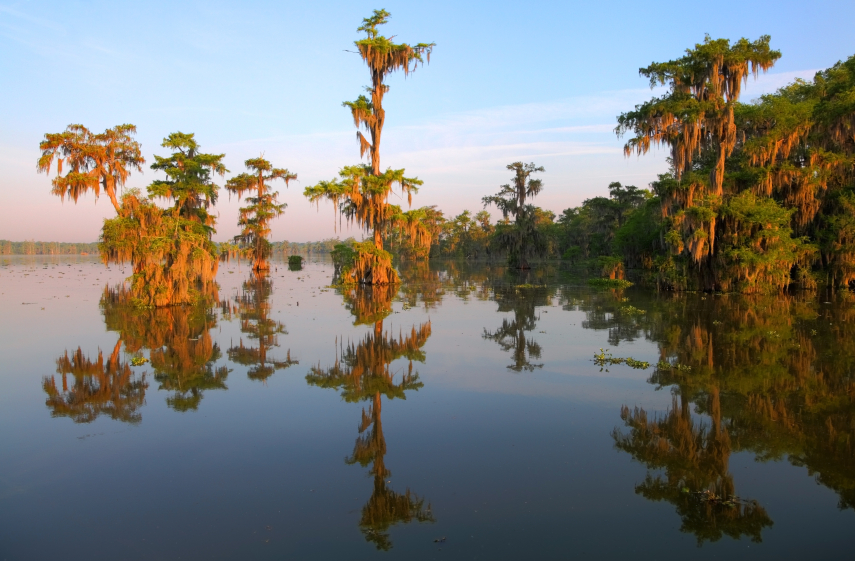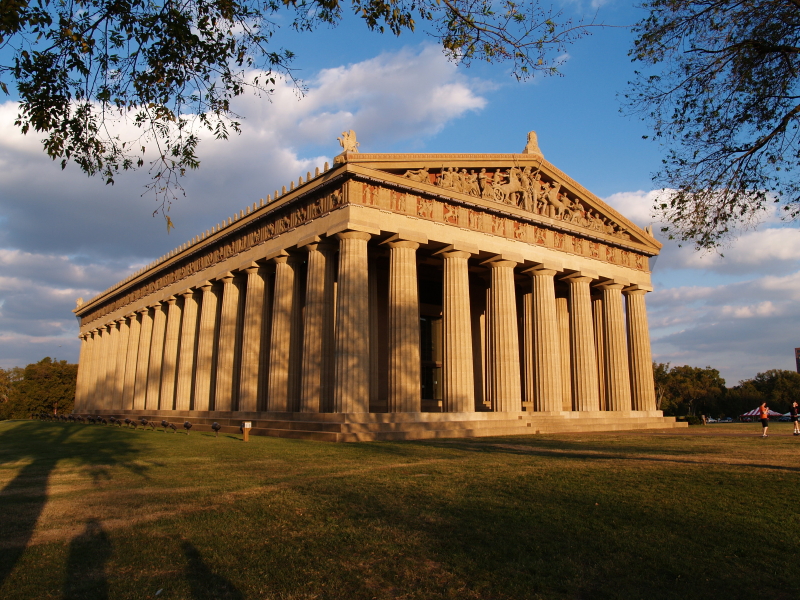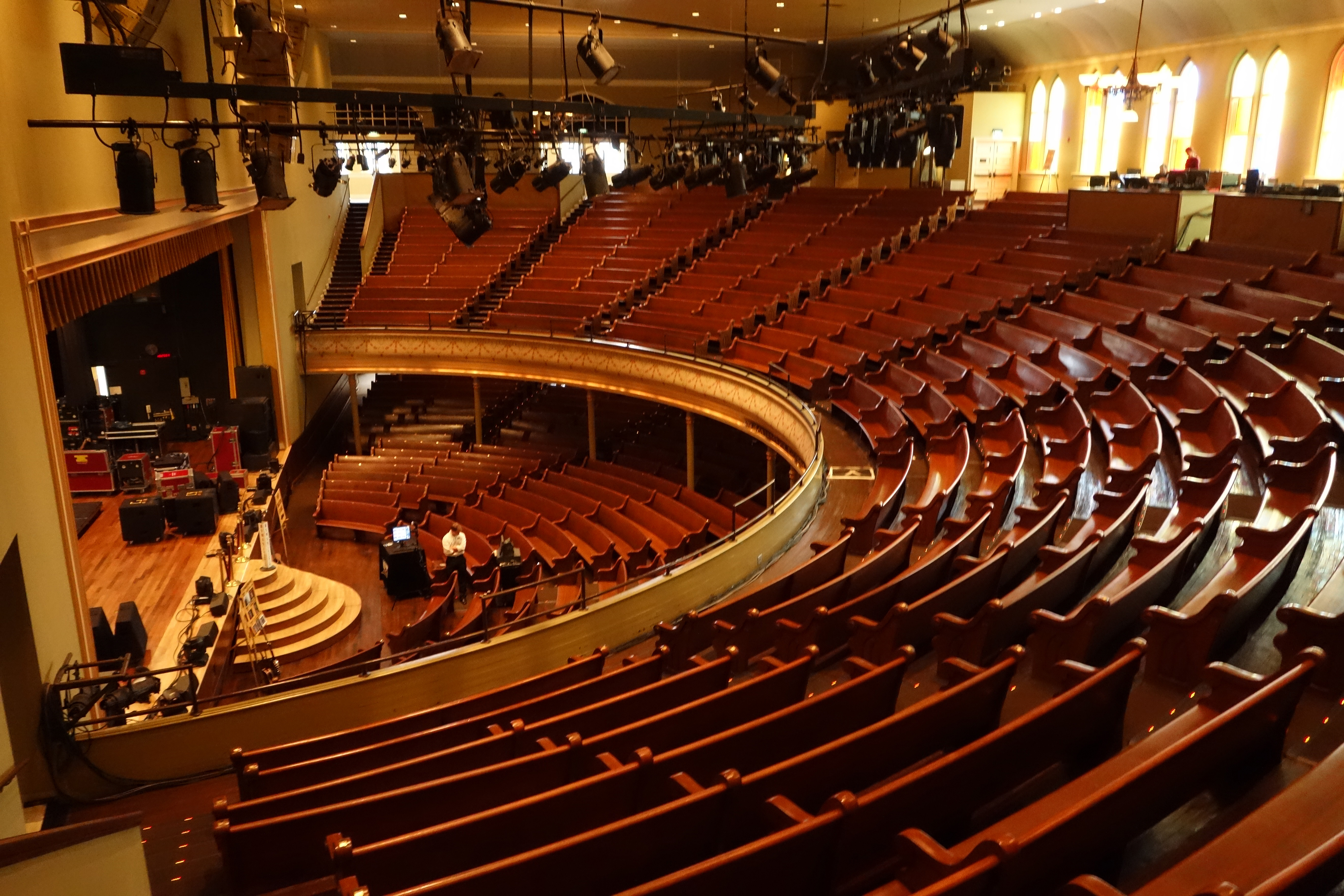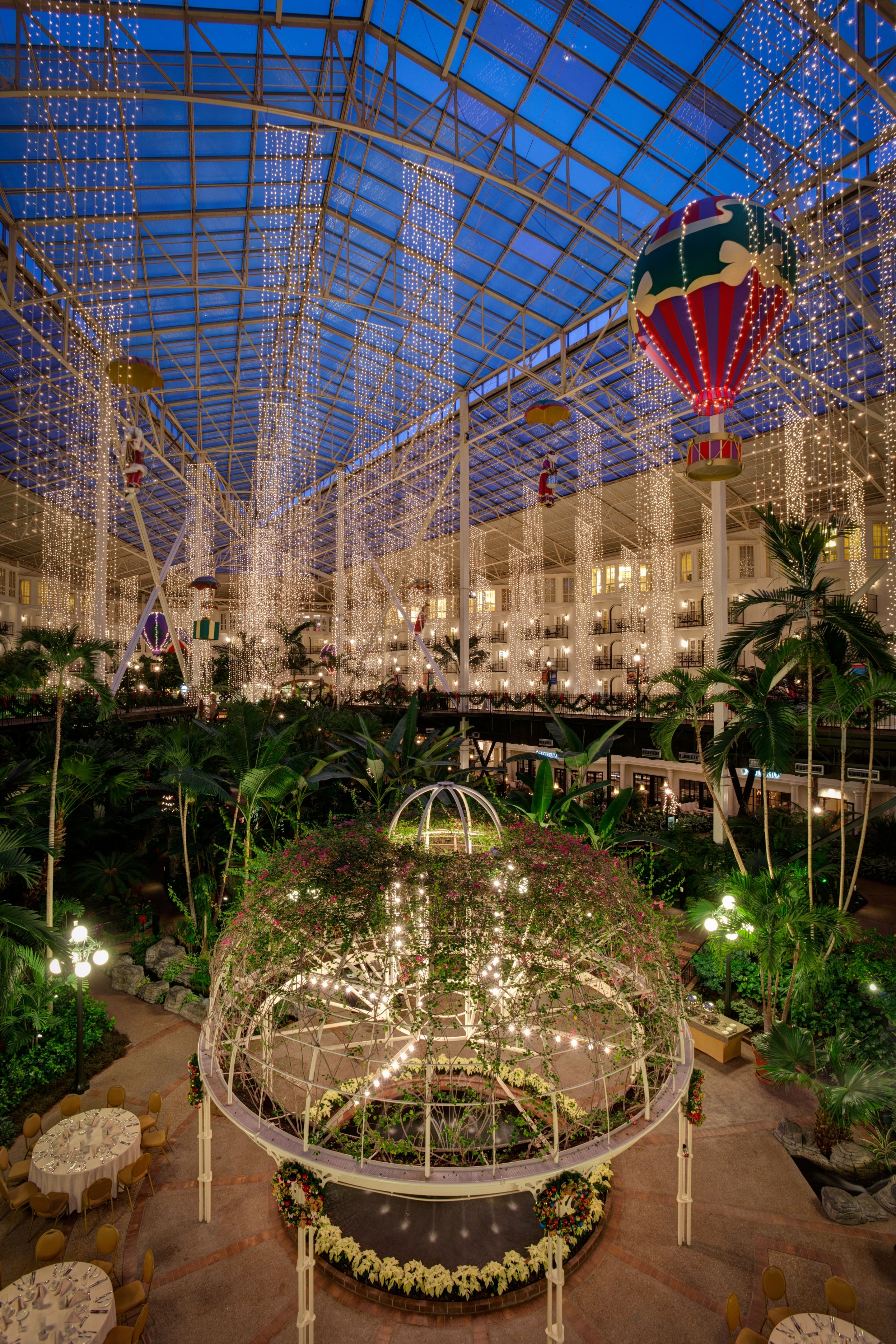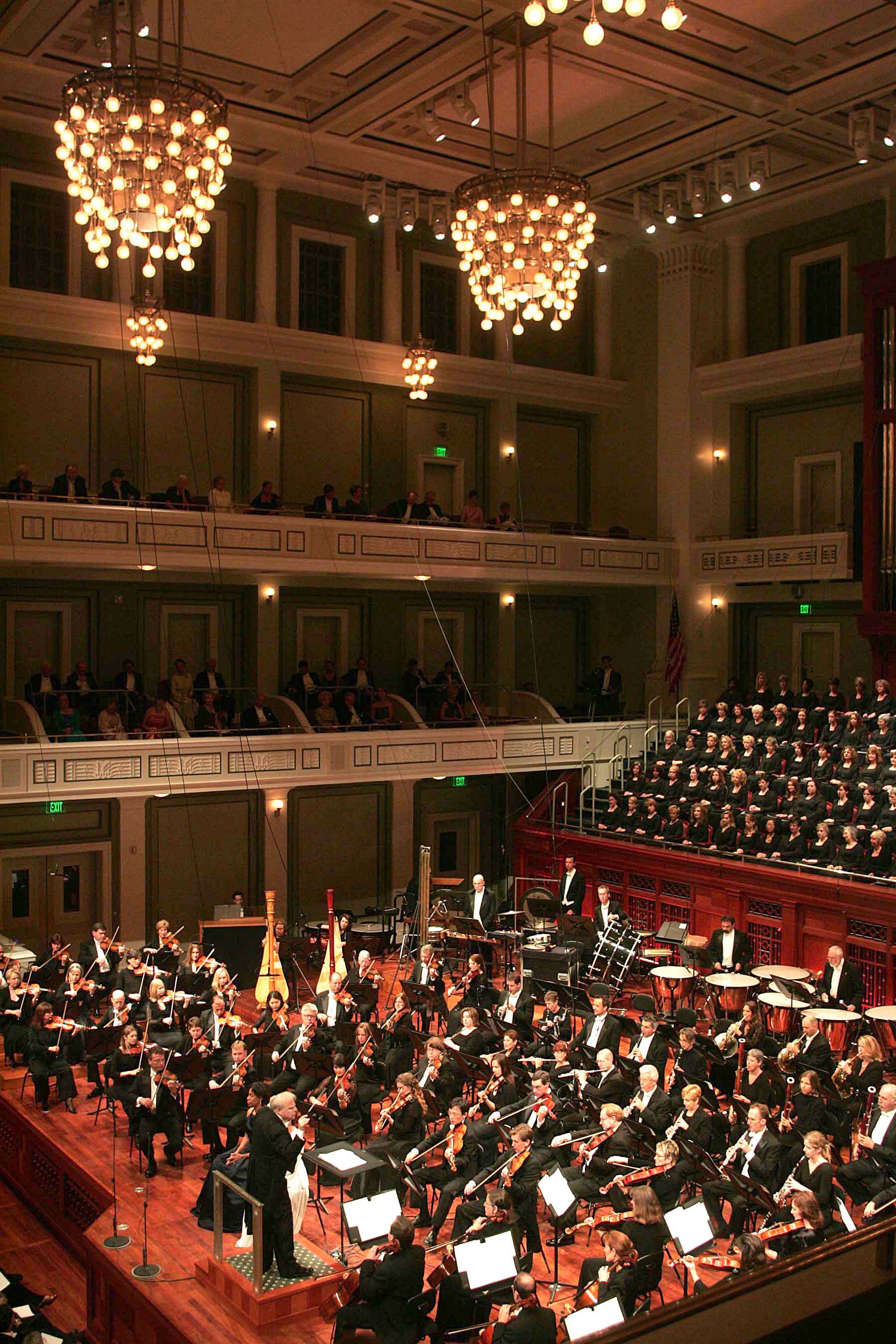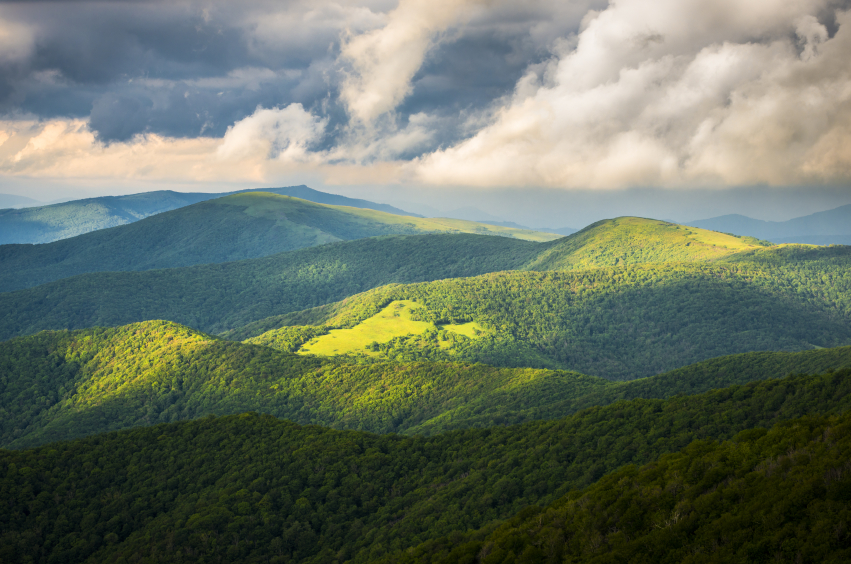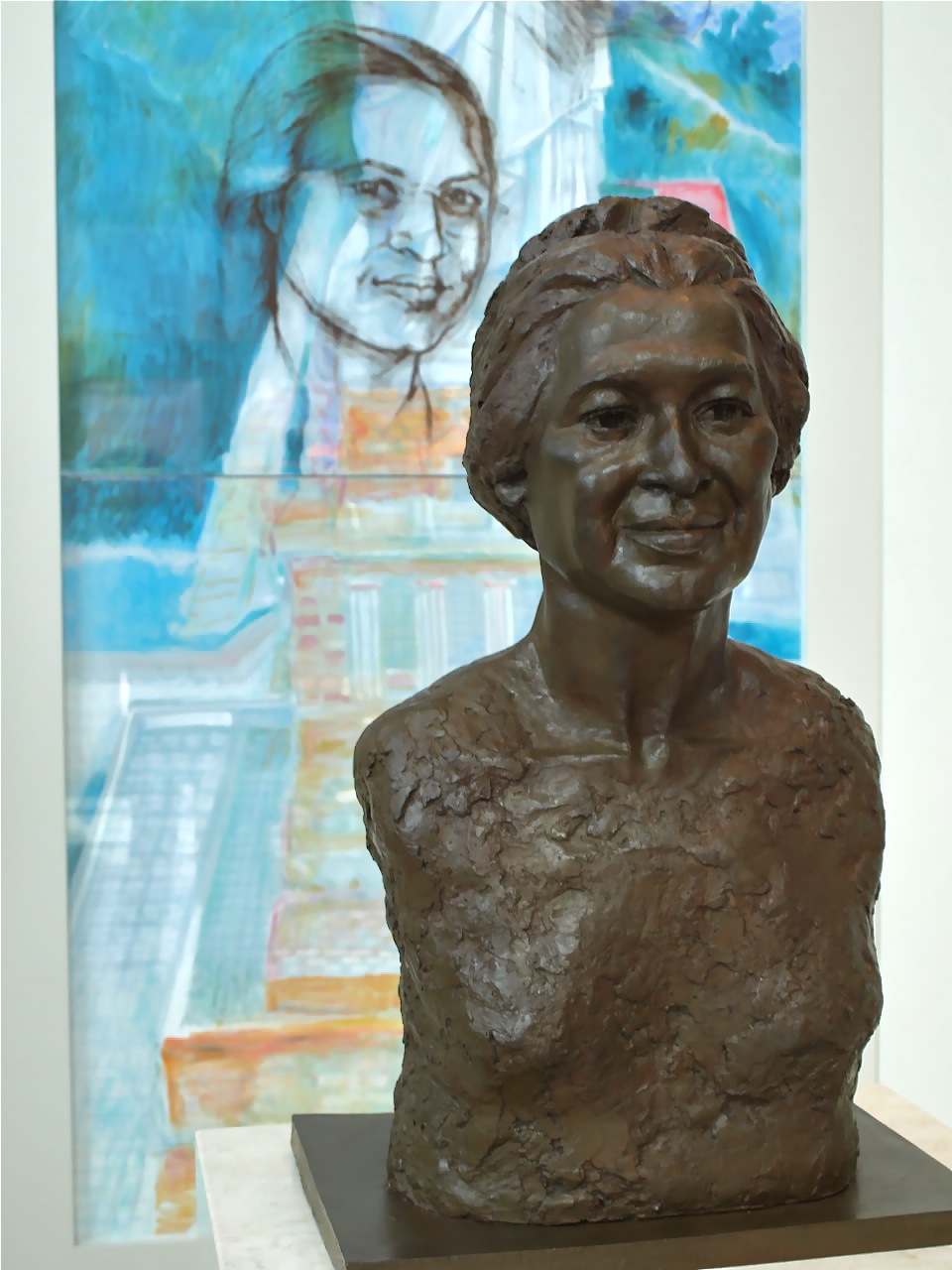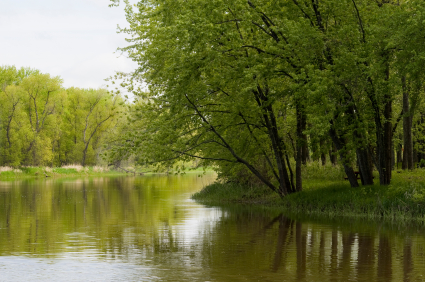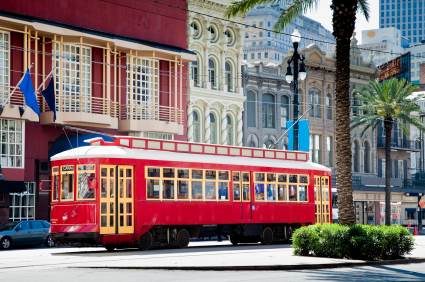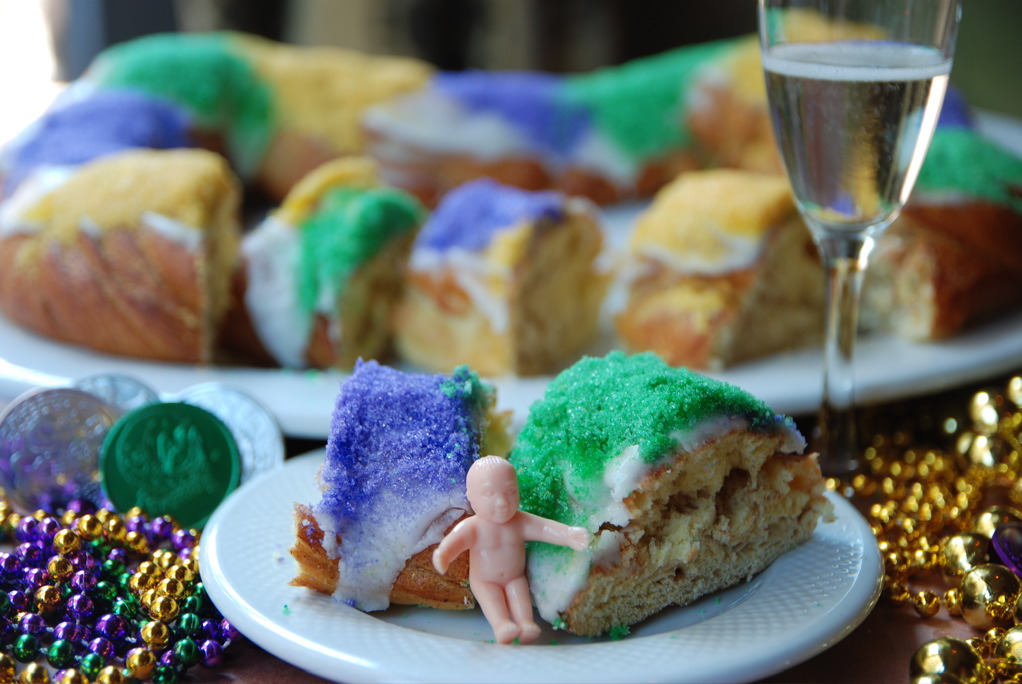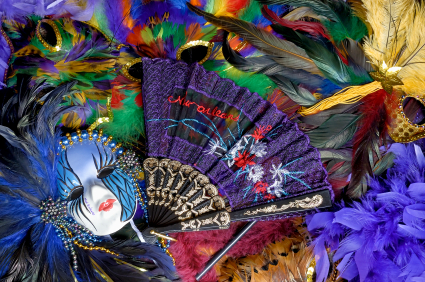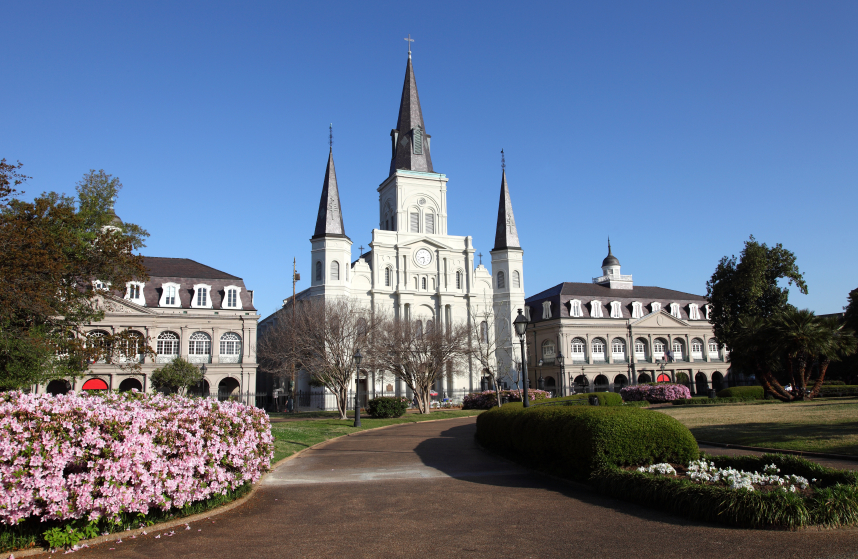Lafayette — Heart of Cajun Country & so much more
Lafayette, the heart of Cajun Country in South Louisiana, has been buzzing for several years now. Known for its vibrant Cajun and zydeco music, the town’s musicians have garnered international nods and raked up a few Grammys. Its culinary scene, once strictly a Cajun food mecca, has expanded and evolved, one of the reasons Lafayette was named “Best for Food” by Rand McNally’s 2011 “Best of the Road” contest and the 2012 “Tastiest Town in the South” by Southern Living magazine.
The Lafayette Utilities System installed a citywide fiber optics service that’s been making headlines everywhere, attracting national companies and film professionals — Harry Potter’s 3-D effects were created here. And this past year Lafayette was named best in job growth and low unemployment and one of 20 finalists in the Mayor’s Challenge by Blumberg Philanthropies, picked from more than 300 cities nationwide.
Ask people who live in Lafayette, however, and they’ll tell you it’s the people who make it so special. Lafayette is rich in culture, history, food and fun and all of that stems from its residents. Here people work hard but at the end of the day love to eat good food, listen to great music and dance the night away. Or as they say in Cajun Country, “pass a good time” or “laissez les bon temps roullez” or “let the good times roll.”
So if you’re headed to Lafayette, be sure and bring your dance shoes. On any given night live music can be found in a variety of styles at a host of music venues, from roots rock at the Blue Moon Saloon and Guest House to traditional Cajun and zydeco at restaurants with dance floors, such as Randol’s. There’s even a week of music classes, jam sessions and culinary instruction at the annual spring Dewey Balfa Cajun and Creole Heritage Week, for those who want to learn everything there is to know about Cajun and Creole culture — and join in the fun.
Every spring and fall Lafayette is home to world-renown festivals and free concert series are held in “parcs” in downtown Lafayette. Festival International de Louisiane takes over downtown streets with several stages of music, arts and crafts and of course that delectable cuisine on the last weekend of April. It’s one of the world’s largest free outdoor music events, bringing in musicians from all over the Francophone world. In October, Festivals Acadiens et Crèoles offers both traditional and modern Cajun and zydeco music on several stages in Girard Park, along with Louisiana crafts, food and cultural lectures. Lafayette Mardi Gras celebrations range from the family-friendly parades and balls in town to the unique rural Courir de Mardi Gras celebrations, where participants ride horseback begging for ingredients to a gumbo. The annual courirs hail back to medieval times.
Lafayette’s historic sites explain area history of Cajun and Creole settlers, who created an American heritage like no other. Visitors may stroll back in time at Vermilionville Living History Museum and Folklife Park, and the historic Acadian Village. Both sites offer live music and special events year-round.
Attractions include the Zoo of Acadiana, the Children’s Museum of Acadiana, the Lafayette Science Museum and plenty of outdoors activities, from hunting and fishing to biking along established trails and canoeing and kayaking in nearby bayous and Lake Martin. There are several state parks nearby, including Lake Fausse Point, the Louisiana Arboretum, Chicot State Park and St. Martinville’s Longfellow-Evangeline State Historic Site. All are fun destinations for those touring or sightseeing.
And because the Cajun culture is still vibrant in Lafayette and surrounding areas, it’s possible to hear French being spoken. There are weekly French tables throughout “Acadiana” where people gather for conversation and community and visitors are always welcome. And for those who want to bring their instruments, there are numerous jam sessions held monthly in the area as well, from the monthly Second Saturday ArtWalk to regular sessions at the Scott Welcome Center. Age is never a consideration, not is the ability to sing in French.
Lafayette lies about two hours west of New Orleans and just south of Interstate 10. Known as “coastal South,” the weather is often hot and humid in the summer but fall and spring are gorgeous times to visit, with flowers blooming for months. Winters are practically non-existent. Because it’s almost a subtropical zone, rain showers are likely throughout most of the year, sometimes violent. Be prepared for sunshine one minute and thunderclaps the next.
If you are interested in visiting southern states, check out our Charleston Vacation Packages and start planning your next vacation!
Cheré Coen is a Lafayette, La., travel writer and author, but a native of New Orleans. Her latest book is “Exploring Cajun Country: A Tour of Historic Acadiana.” Follow her at WeirdSouth.blogspot.com


